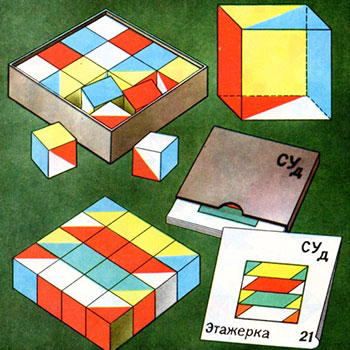#ln y + ln x = ln c#
We want to isolate #y#, so we move all terms not containing #y# to one side.
We can do this by subtracting #ln x# from both sides.
#ln y + ln x = ln c#
#ln y + ln x - ln x= ln c - ln x#
#ln y = ln c - ln x#
Then, we use the following law of logarithms:
#color(green)(ln a - ln b = ln (a/b)) # for any #a# and #b#.
So, we have:
#ln y = ln c - ln x#
#\Rightarrow ln y = ln (c/x)#
I'll show two ways to to solve for #y# from this step:
Solution 1:
Remember that:
#color(green)(a = ln b)# means that #color(green)(e^a = b)#.
So, we can use this to get:
#ln y = ln (c/x)#
#\Rightarrow e^(ln(c/x))=y#.
(in this case, our #color(green)(a)# is #ln (c/x)# and our #color(green)(b)# is #y#).
Then, we can simplify #e^(ln(c/x))=y# using the following rule:
#color(green)(e^ln(a) = a)# for any #color(green)(a)#.
So we have:
#e^(ln(c/x))=y#
#\Rightarrow c/x = y#.
Solution 2:
Another way to solve for #y# using #ln y = ln (c/x)# is as follows:
Just like how you can add and subtract to both sides of an equation, you can also use both sides as exponents.
#ln y = ln (c/x)#
#\Rightarrow e^(ln y) = e^(ln (c/x))#
Then we can use the following rule:
#color(green)(e^ln(a) = a)# for any #color(green)(a)#.
#e^(ln y) = e^(ln (c/x))#
#\Rightarrow y = c/x#.

